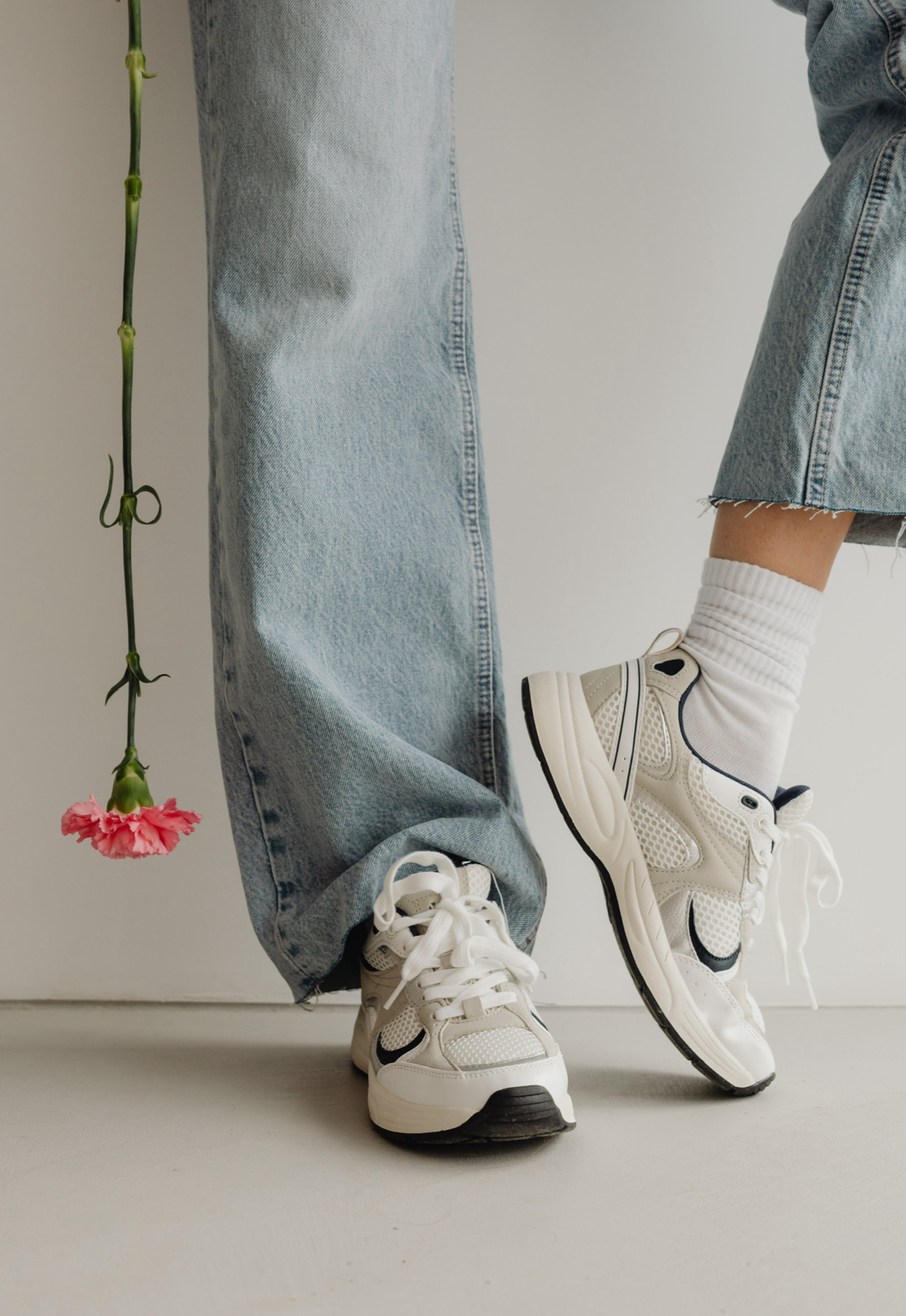“You can rip my skinny jeans from my cold dead hands.” In a 2021 article by the Wall Street Journal, millennial women lamented the changing fashion of Gen Z-ers for loose, high-waisted ‘mom jeans’, deeming skinny jeans ‘cheugy’. This debate already seems comically outdated. In 2025, Gen-Z fashion has already shifted to a low-rise Y2K look and even a bootcut 2005 ‘twillight-esque fashion’. Even the term ‘cheugy’ has fallen out of usage.
Fashion is constantly evolving to reflect societal shifts and cultural attitudes, with each era leaving its mark through the clothes worn. Malcolm Barnard’s publication of Fashion as Communication discussed how clothes have no intrinsic meaning but instead communicate meaning based on the cultural context. Historically, fashion communicated status and position in society. The early 17th century saw the rise of fashion as a means of acquiring status. More recently, in the 1960s, the emergence of the miniskirt and see-through fabrics was due to the sexual liberation movement and the rebellion of the youth against tradition.
In today’s digital age, the generational fashion divide has taken the stage on social media platforms such as TikTok. Gen Z influencers brand millennial style as “uncool”. Reflective of the consumer and ageist climate, which seeks to move away from older styles and sell the newer looks. This is largely due to fashion being a youth-driven industry, where being young is desired and aging is demonised. The saying “out with the old and in with the new” rings especially true in this case and explains the backlash millennial fashion has faced.
Millennial fashion is rooted in comfort and simplicity, with pieces such as skinny jeans and ankle socks, as well as the side part, being the depiction of “Millennial coded” style. The Tumblr and boho-chic aesthetics became popular identities which many imitated. Clothing has been, and remains, inherently linked to identity formation. Hence, popular culture in the late ‘90s through to the 2010s was reflected in fashion and curated the millennial look. However, popular culture– and with it, fashion – is changing. Gen Z is a digitally native generation, raised with social media platforms dictating culture and identity. Gen Z has largely been distinguished by micro trends and fast fashion. Influencers feed their viewers the new on-trend piece of clothing, and in seconds, that piece is out of style. This was largely seen throughout the lockdown 2020 era, where we saw the ‘emo girl’, ‘soft girl’, ‘Y2K girl’, phase through our clothes.
So, with Gen Z’s revolving door of fashion, at a speed incomparable to that of the height of millennial fashion, how can we tell Gen Z fashion apart from that of millennial fashion? And is it fair to demonise the fashion of a generation when we all know fashion is cyclical?
The jean debate was the highlight of the divergence between the two generations. Gen Z opted for more baggy and wider jeans, completely opposing the skinny jeans worn by millennials. Gen Z sought to move away from tight clothing, rejecting the ideology of figure-flattering clothing which dominated the early 2000s. Instead, styling outfits based on creating new shapes and fusing styles together.
But skinny jeans aren’t the shock-horror staple they were a few years ago. Influencers have begun to style them again, and Vogue has pointed out their quiet comeback in their September issue. The newer take on skinny jeans is looser and worn with long boots, almost unrecognisable from how they were styled by millennials.
Clearly, trends are cycled in and out of fashion. No piece of clothing is permanently outdated or generation coded. The difference is in styling, how pieces are worn to create meaning.
The differences between millennial and Gen Z fashion comes from different cultural attitudes, and largely the tension between the two generations has been provoked by a society focused on beauty and staying young. This patriarchal norm plays into why, as a society, we seek to pit women against each other and create a pattern of demonising the older generations.
But Gen Z doesn’t have the last laugh. Whilst millennial fashion may have been humorous at the time, with Generation Alpha reaching their teen years, there already seems to be a difference in their overall upbringing and thus style. We may begin to see this reflecting in their fashion in years to come.
Words by Claudia Seddon
Featured image courtesy of Kaboompics. No changes have been made to this image. Image licence found here.



